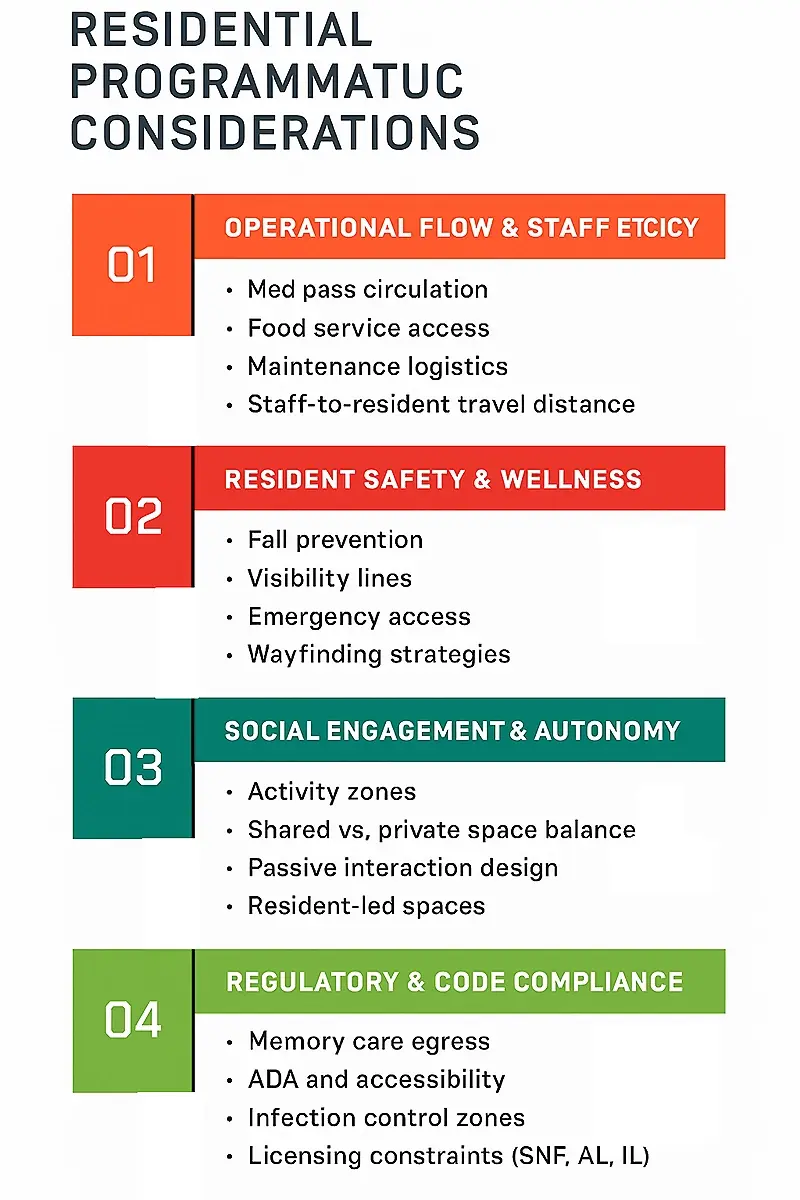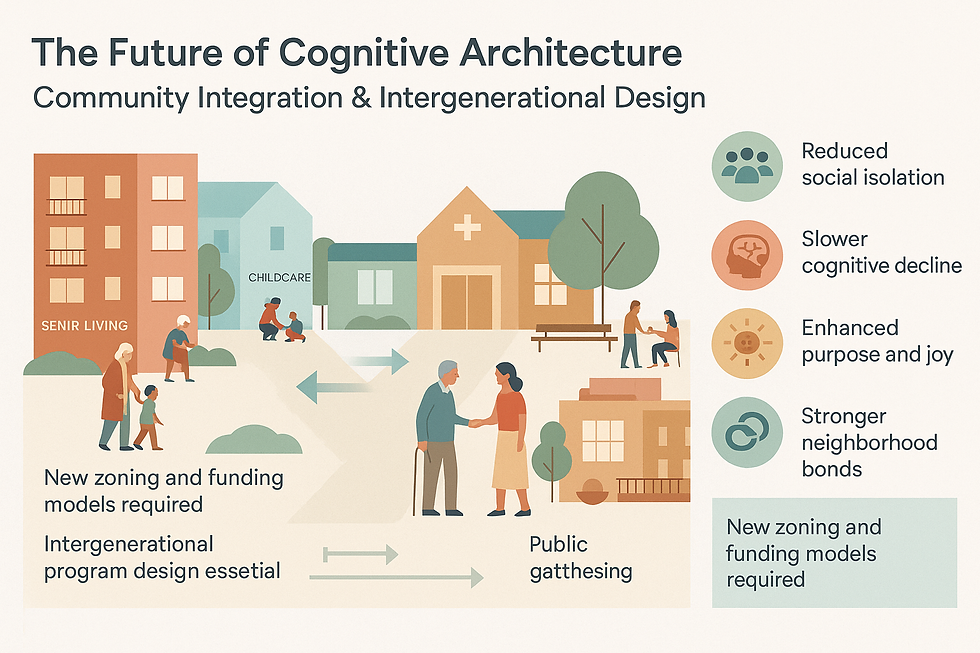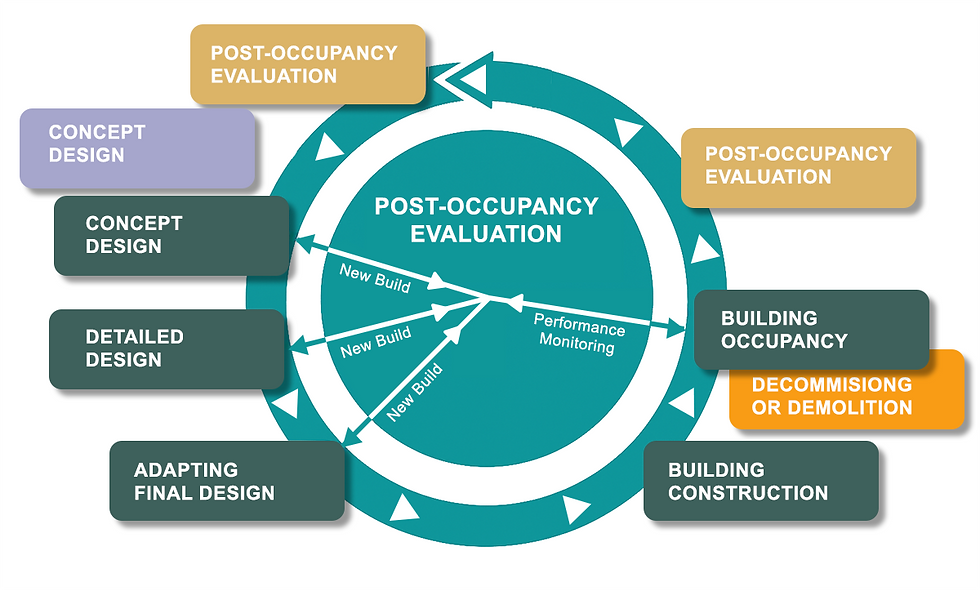Insights: Beyond Senior Living Community Design Trends
- Senior Living+Studio

- Jun 20, 2024
- 2 min read
Updated: Jul 7
Senior Living Community Design That Supports Function First
Amid the rising wave of “design trends” shaping senior living in 2025, much of the conversation overlooks the essentials of senior living community design—how built environments affect use, care, and continuity. But these trends—while popular—often distract from a deeper truth: meaningful senior living community design does not begin with style. It begins with use.
To serve the real needs of aging residents and care providers, design must emerge from a foundation of programmatic clarity and operational understanding. This is where architecture moves beyond image and begins to solve.
The Architect’s Responsibility in Aging Environments
Senior living is not simply housing—it is a hybrid typology that merges residential, clinical, hospitality, advocacy, and institutional domains. As outlined in research on the built environment’s impact on elder care, it demands a uniquely calibrated architectural response to support aging with dignity and function.
A beautifully rendered common area, for instance, becomes a burden if it lacks sightlines to high-risk areas or requires excessive staffing to monitor. A memory care courtyard with vibrant plantings may feel inviting, but if doors open without proper queuing, wandering risks increase. True architectural performance lies in reconciling these tensions—not masking them.
Design cannot be draped over dysfunction. It must be informed by the people and systems it supports.

Programming Precedes Planning
The most effective senior environments result from rigorous programming—the phase where we ask what must exist and why before ever considering how it should look.
Key questions emerge here:
Sa
What levels of acuity are we serving, and how do they differ in spatial need?
How do staff workflows—laundry, food service, med passes—interact with resident life?
What are the spatial implications of state regulations for memory care or skilled nursing?
How can dignity be preserved while operations remain efficient?
Design answers to these questions must be embedded in circulation paths, adjacency diagrams, storage access, lighting design, and even millwork detailing. It’s not glamorous—but it is critical.
Flexibility Requires Specificity
Much is made of “flexible design,” but without specificity, flexibility becomes vagueness. A true multi-use space must resolve lighting, acoustic control, entry location, and technology integration to shift seamlessly between uses without compromise.
Flexibility should not mean a room can do anything. It should mean a room can do certain things extremely well—and that the architecture supports those transitions deliberately.
Why Program Drives Purpose
In senior living, architectural decisions ripple outward. A misplaced door can add minutes to daily staff movement. A poorly planned corridor can discourage ambulation. A lack of storage can turn open space into overflow space.
Architects carry the responsibility not only of form but of function over time.
Only by beginning with programmatic clarity and operational logic can we deliver environments that are not just beautiful, but enduring. In communities where autonomy, care, and human connection coexist, thoughtful design becomes not an aesthetic flourish—but a foundational tool for human dignity in senior living design.



